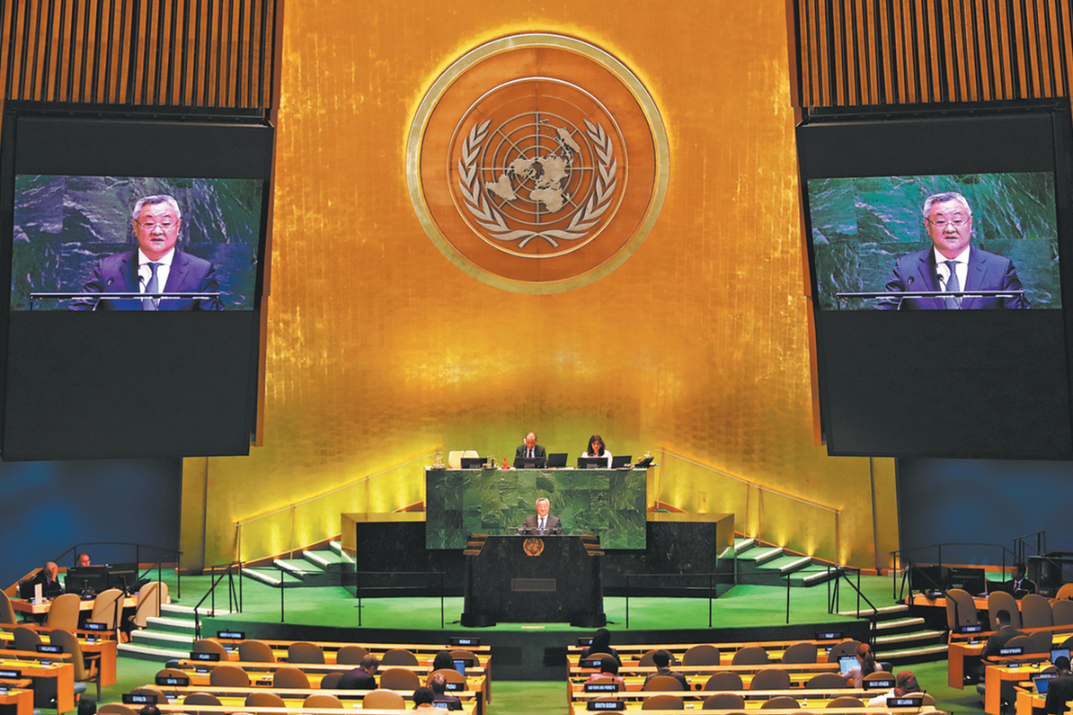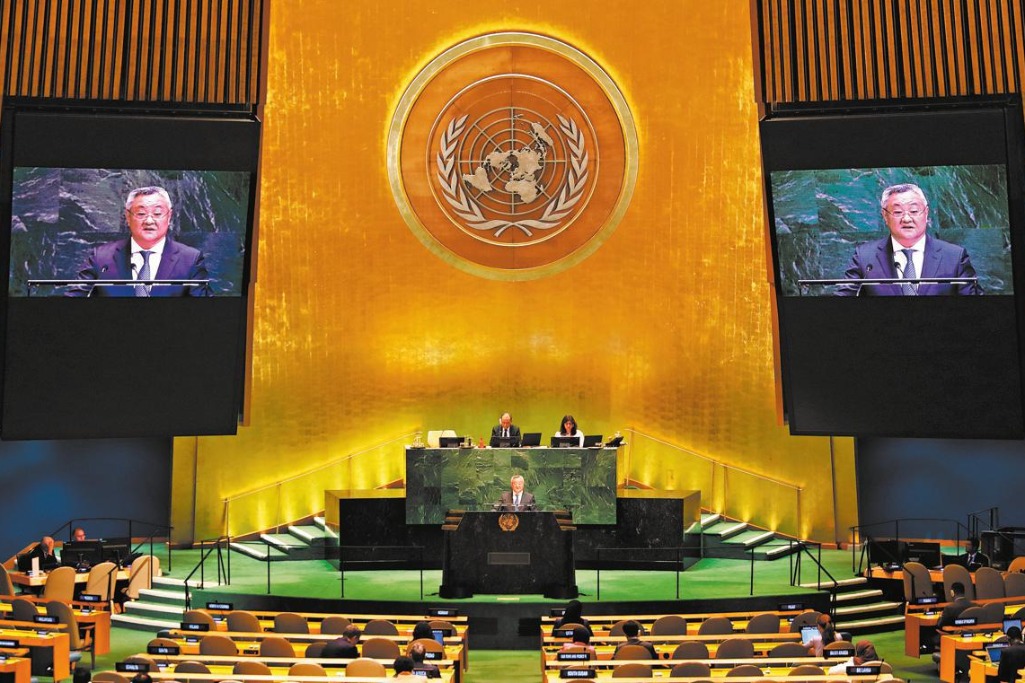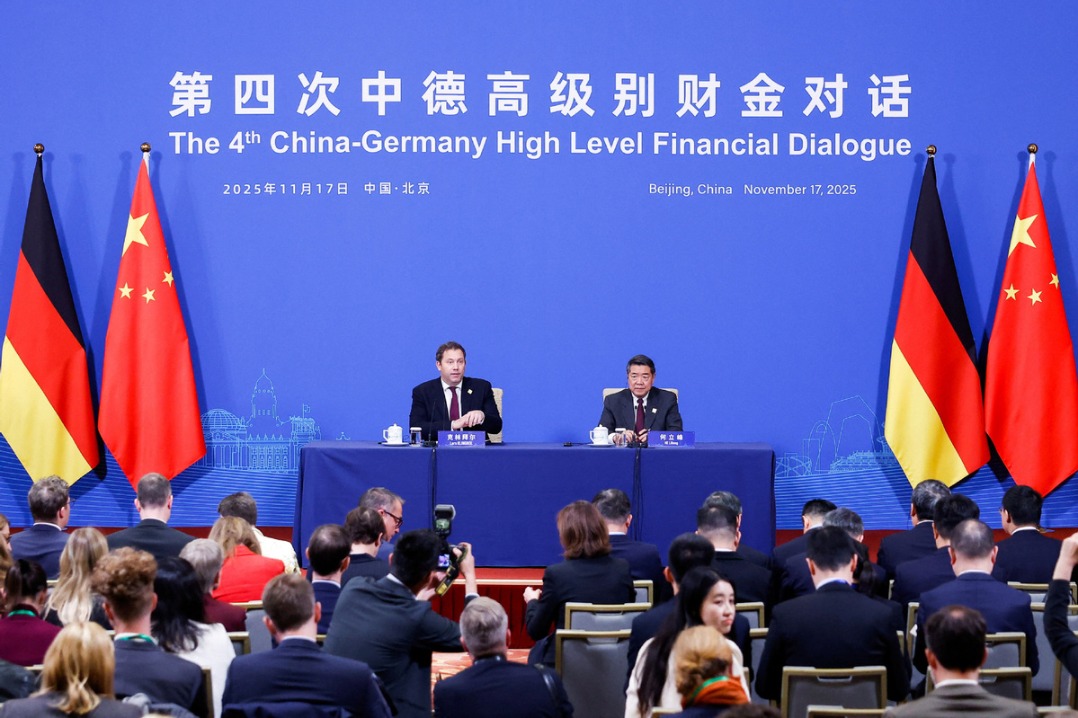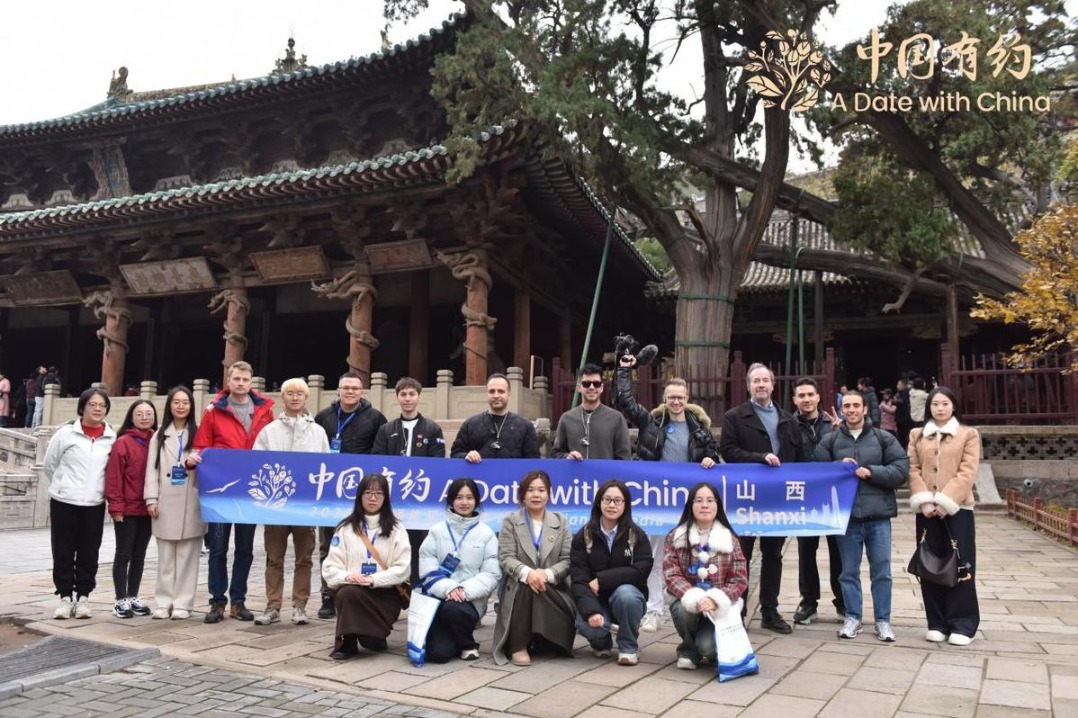Technology revives some of the capital's lost cultural treasures
By DU JUAN | China Daily | Updated: 2024-02-15 12:14
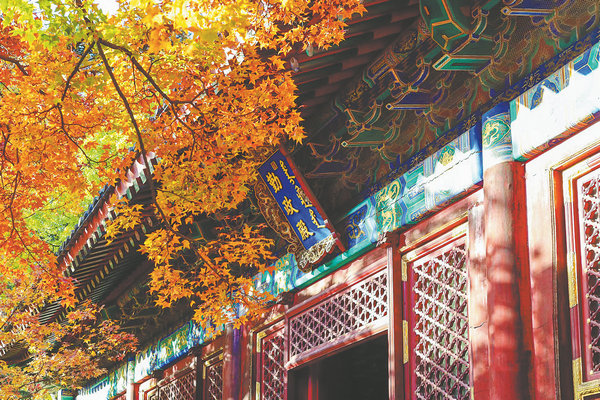
The "Three Mountains and Five Gardens" represent the rich cultural and historical heritage of Beijing. Primarily serving as leisure retreats where the imperial family could relax and entertain, they are now treasured as sites of natural beauty as well as repositories of the nation's historical and cultural heritage.
The Three Mountains are the Fragrant Hills, Jade Spring Hill and Longevity Hill. The Five Gardens are Jingming Garden, Jingyi Garden, Qingyi Garden (The Summer Palace), Changchun Garden and Yuanmingyuan (The Old Summer Palace).
Many important cultural items that were housed in the Three Mountains and Five Gardens were lost during the ravaging of the sites by Western colonialist forces. But recently, 69 important long-lost cultural relics have been recreated in digital form and are now being presented to the public.
This is a phased achievement of the "Three Mountains and Five Gardens Dispersed Cultural Relics Three-dimensional Database Construction Project", led by Wu Xiaomin, the director of the Yuanmingyuan Research Center at the Central Academy of Fine Arts.
The completion of these 69 digital cultural relic models is the result of collaborative efforts involving many volunteers and compatriots both at home and abroad.
"We reached out to scholars and artists studying in France, as well as overseas students, to help us gather information about the dispersed cultural relics," Wu says.
The project has created a digital museum that provides a comprehensive and systematic exhibition of dispersed cultural relics in seven categories. Each artifact is accompanied by a corresponding mini-program. Leveraging technologies such as virtual reality, the exhibition hall offers visitors a unique experience of virtual roaming and close-up appreciation of the items.
"For accessible artifacts, we employ physical scanning and measurements for restoration. For items that cannot be surveyed on-site, we manually create models based on extant photos, striving to authentically reproduce details such as texture and material," Wu says. "The results have been very successful."





